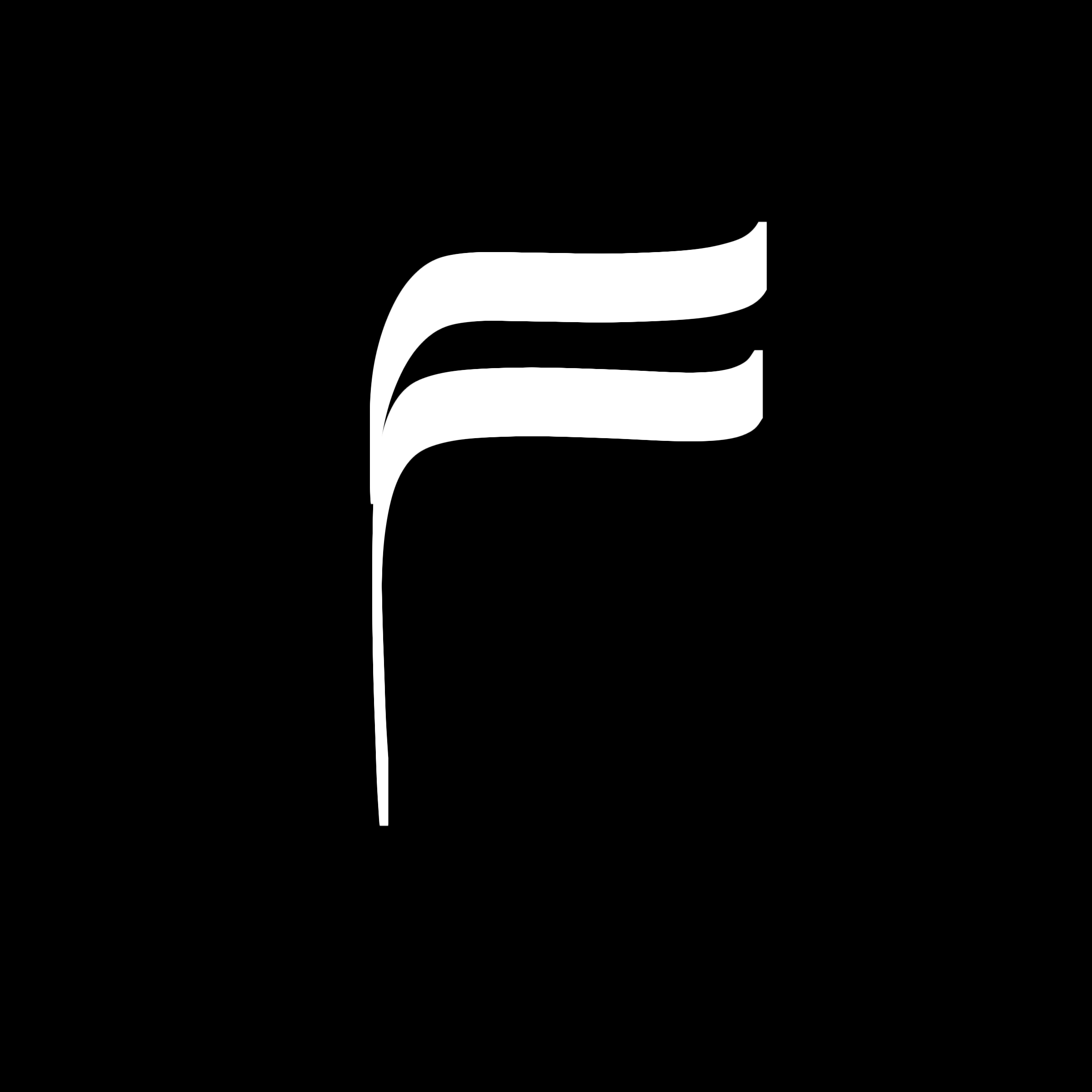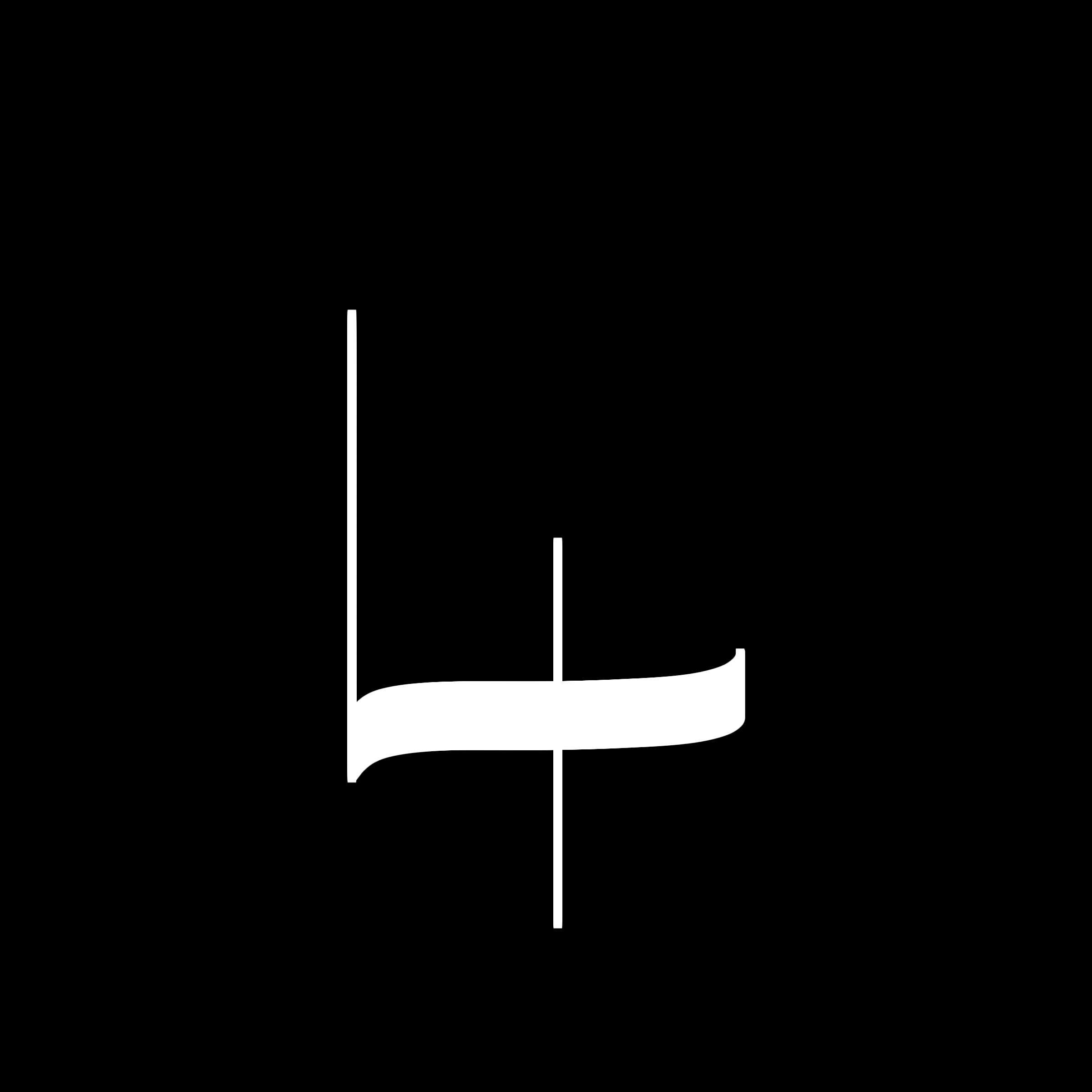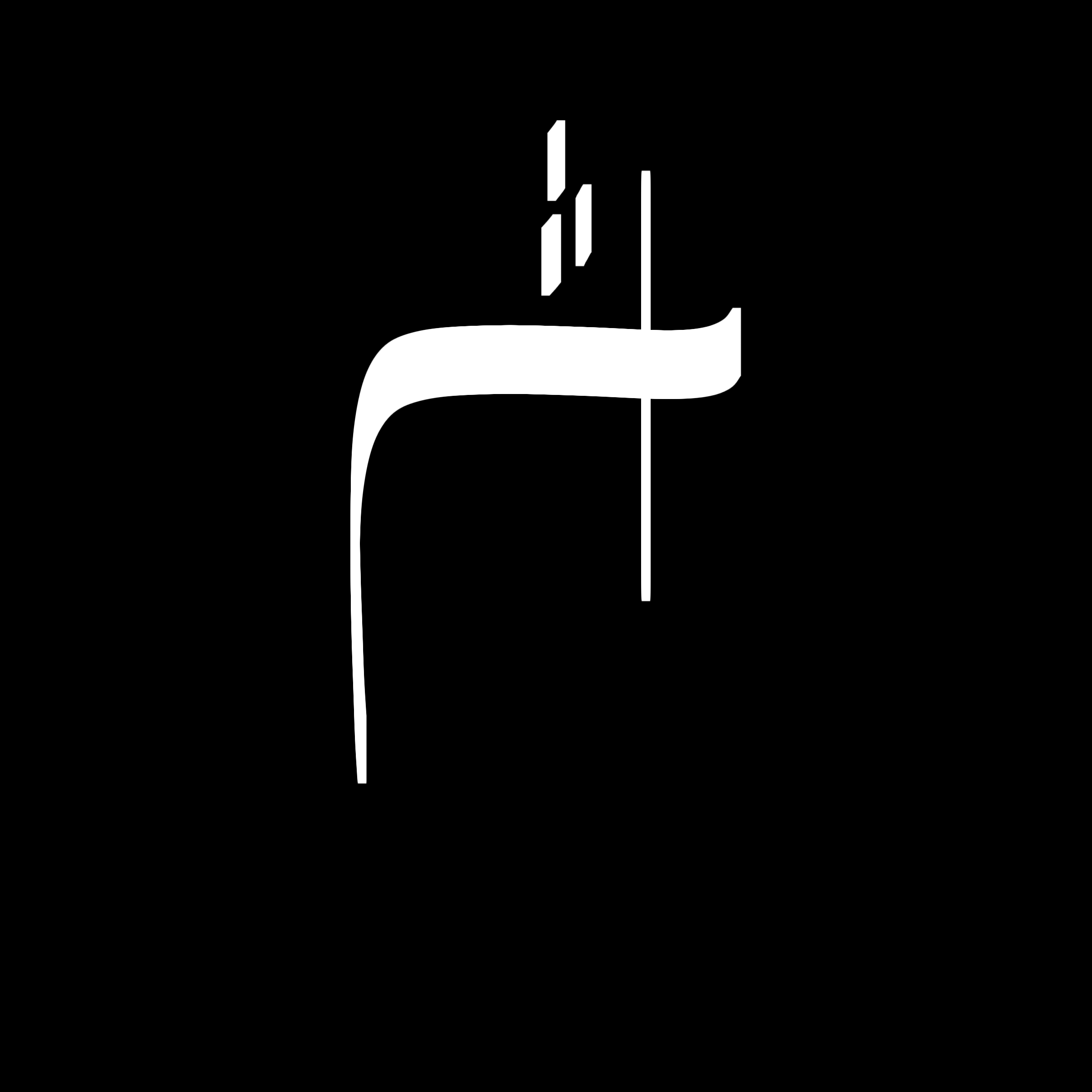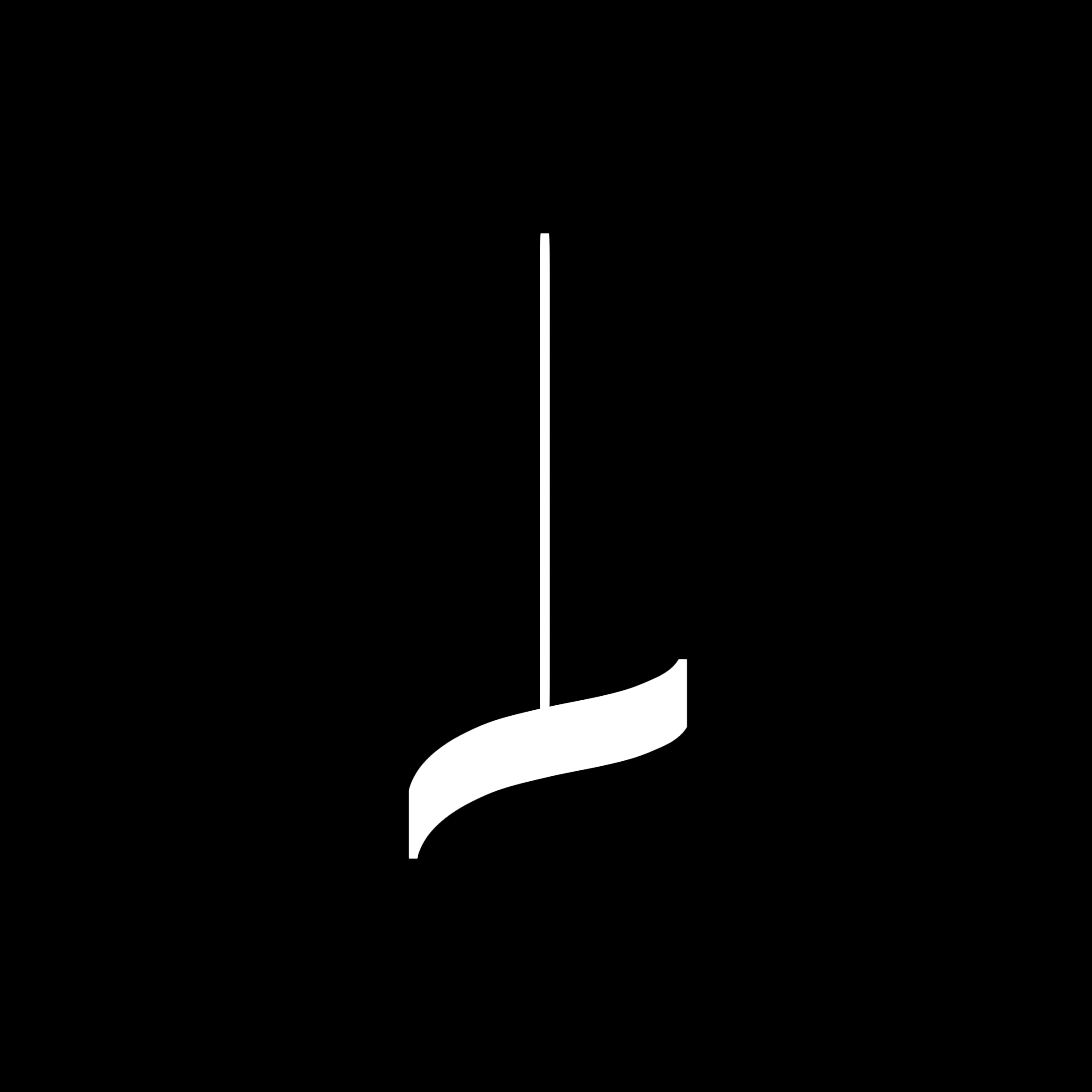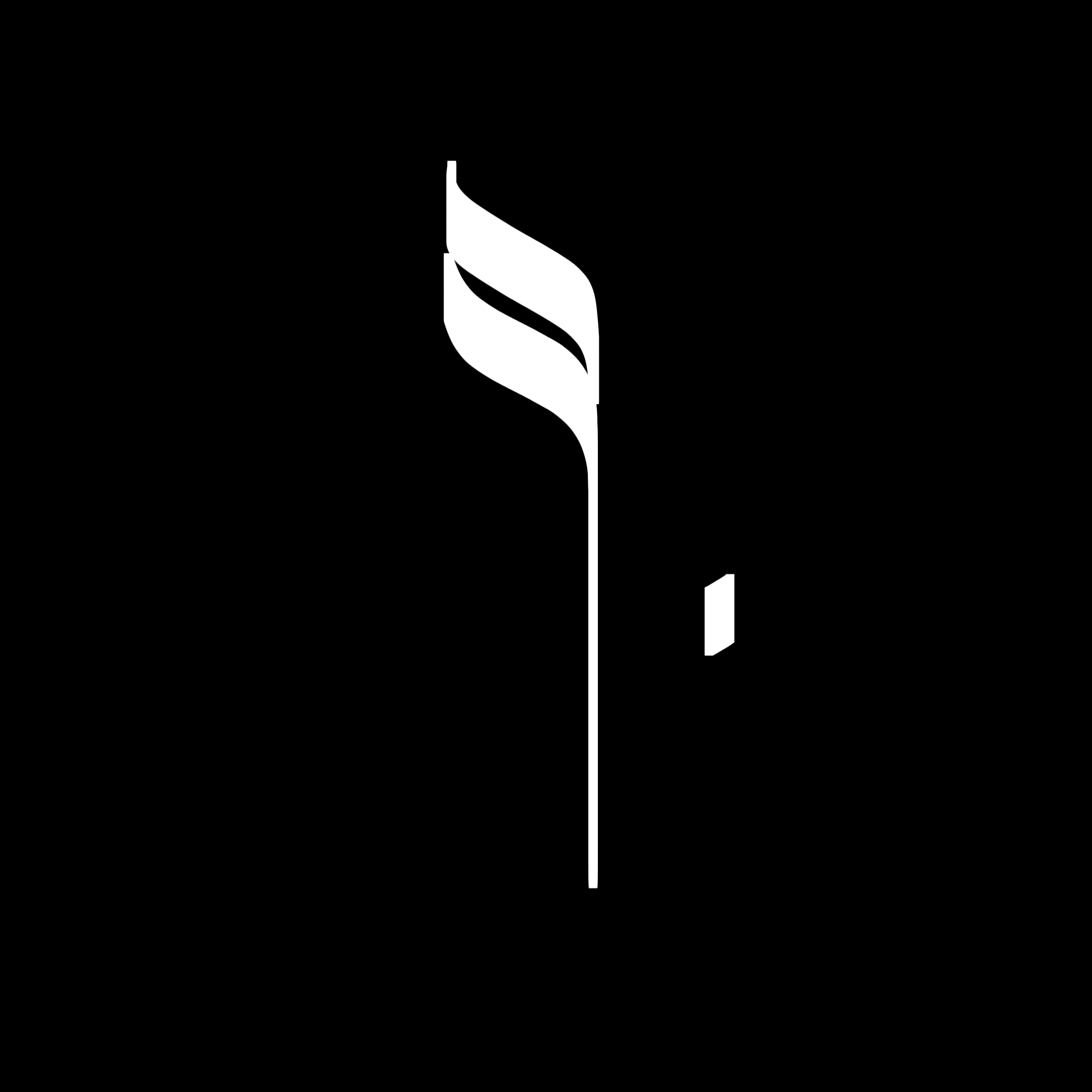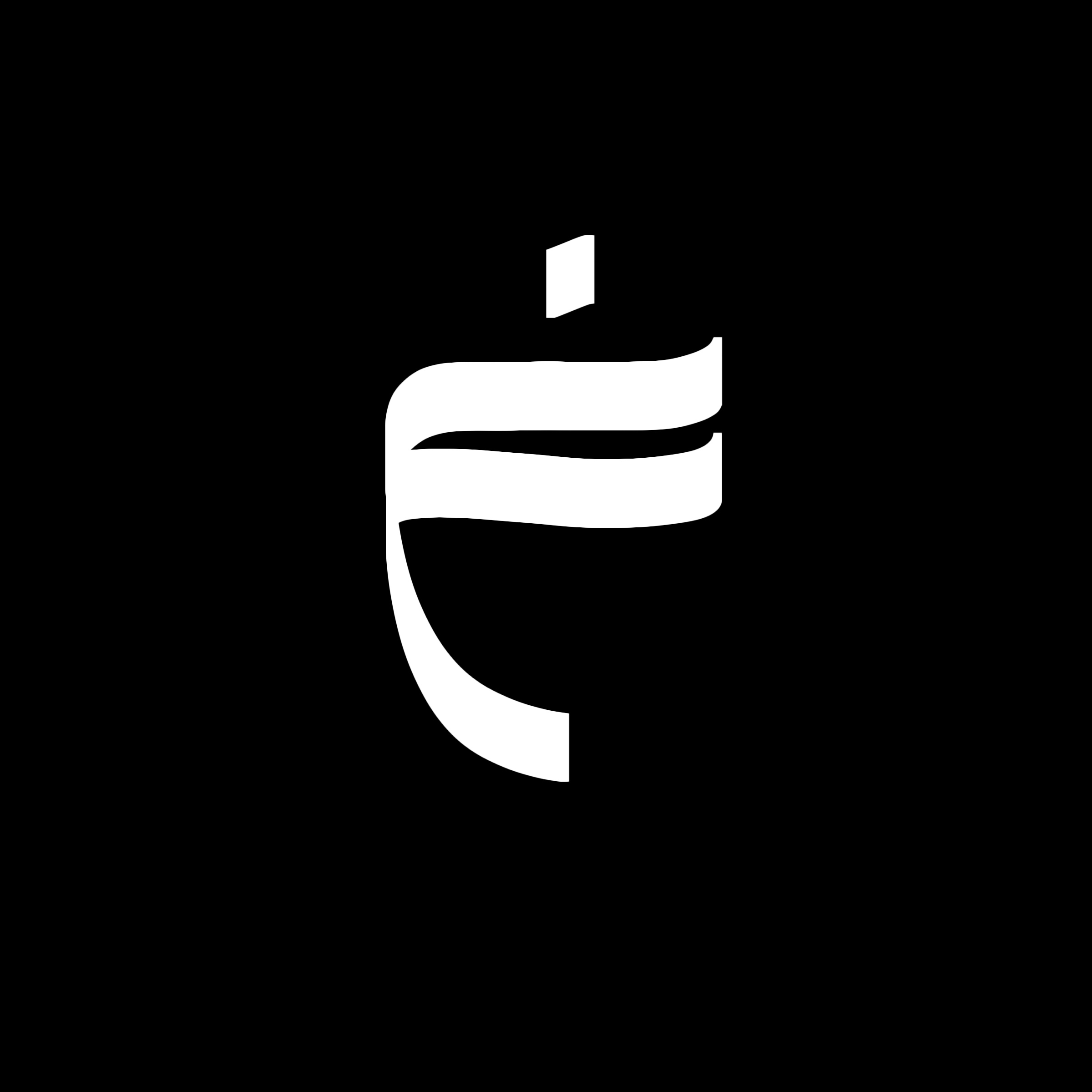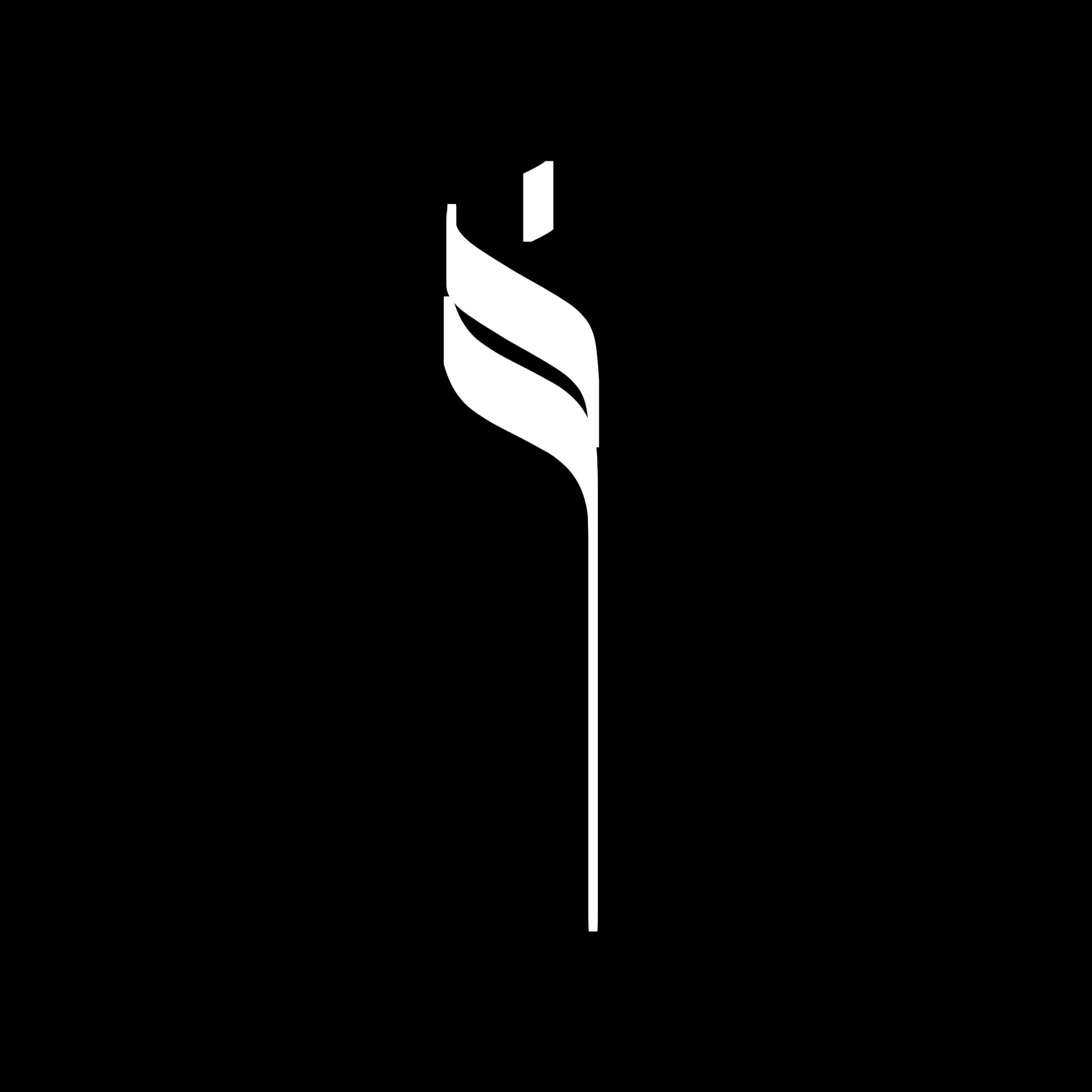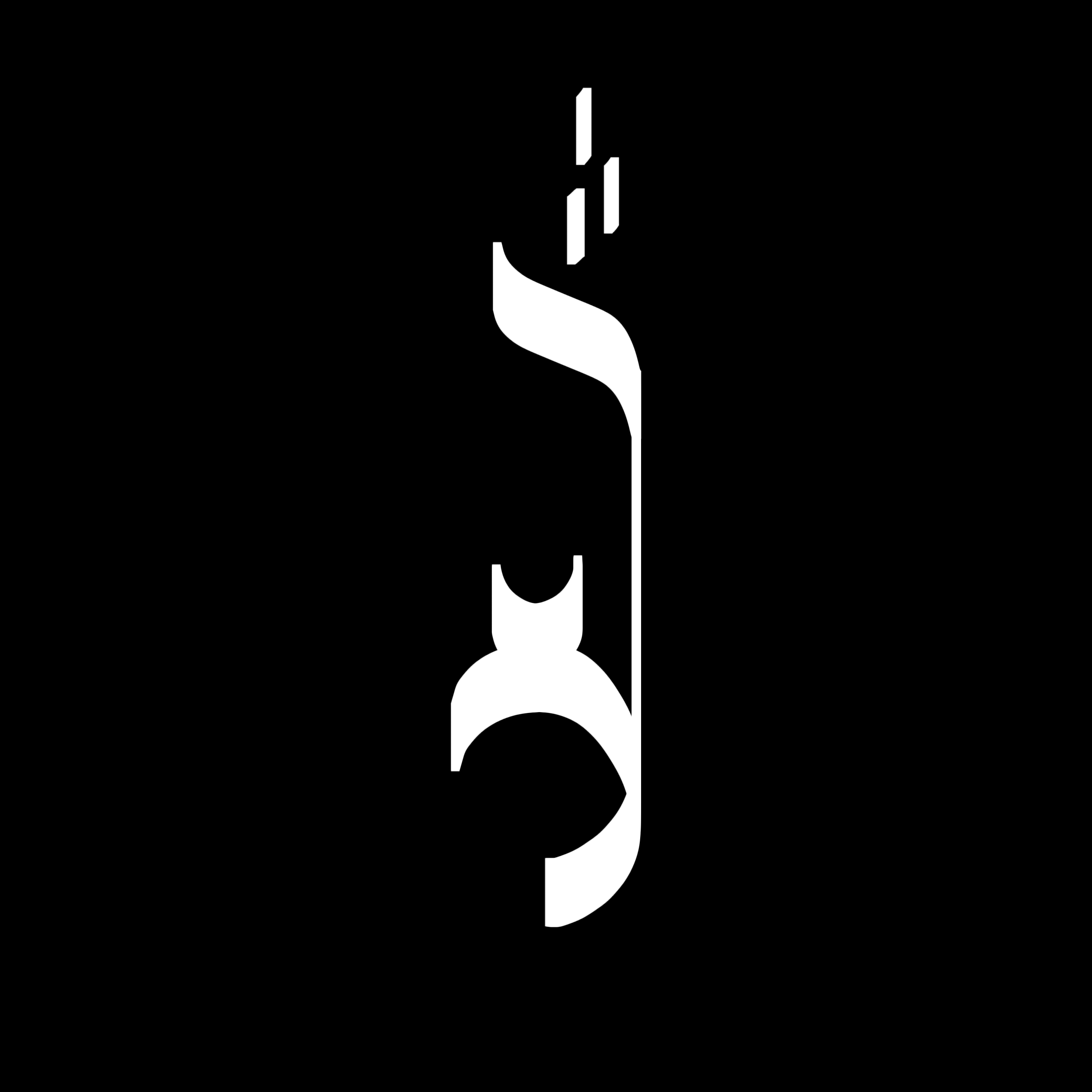Writing
Zovu
Many translations include IPA phonetics using square bracket notation (“[]”).
See Phonetics for details on Zovu's spoken language.
The Basics
Zovu’s script is a phonetic writing system: each symbol represents a speech sound. See Phonetics for a natural introduction.
Zovu is written from right-to-left, top-to-bottom in a cursive fashion.
Element Symbols
Elements are the fundamental building blocks of the majority of Zovu’s vocabulary (see The Elements). Each element has a Class and a Flavor. To express an element in writing, combine the correct symbol for each.
The Class symbols are each derived from a unique shape:
Wave
Matter
Nature
Spirit
There are four unique ways to express each Class, one for each Part of Speech (just as there is phonetically). To represent the class as the correct part of speech, pick the correct “corner” of it’s designated shape (above) and that’s the symbol:
Wave
Matter
Nature
Spirit
Element Markings
Combine one of the Class symbols with a marking representing a flavor, and you express an Element in writing (in a specific part of speech no less). Again, the Flavor symbols are marked adjacent or through the consonant that they’re combined with.
For nouns and verbs, the markings go above the class symbol (noun examples):
“[zi]”
Water
Fire
“[ze]”
“[za]”
Earth
Air
“[zu]”
For adjectives and adverbs, the markings go below the class symbol (adjective examples):
“[di]”
Watery
Fiery
“[de]”
“[da]”
Earthy
Air-like
“[du]”
Along side the 4 flavors is also a marking representing the “[o]” vowel to express the Classes themselves (see the Classes section of The Elements)
“[zo]”
Matter
Matter-Like
“[do]”
If there are multiple vowels following a consonant (when element roots of the same domain combine), they are written top-to-bottom or right-to-left depending on the spacing and writer’s style preference:
“[zai]”
Mud
Salt Water
“[zia]”
“[ʃoi]”
To Grow
Passionately
“[pie]”
Flavor Root Symbols
The Elemental Flavors are derived from four Flavor Roots (see Flavors & Roots). Each has their own unique symbol:
“[ðə]”
Entity
Change
“[θə]”
“[mə]”
Seen
Unseen
“[hə]”
Negation
Negation — both passive or active (see Syntax & Idioms) — is represented by a single, subtle marking:
<Negation Symbol>
“[r]”
The placement of this dot-of-a-marking determines if it’s an passive or active negation. Passive negation uses the mark separately, preceding (right-to-left) the symbol it’s negating:
“[rəfe]”
To Not Will
Lack of Heat
“[rəɣe]”
Lack of Steam
“[rəziɣe]”
Active negation uses the mark as one of the flavors would be used, above or below the symbol’s flavor marking it’s negating:
“[fre]”
To Stop
Cold
“[ɣre]”
“[ziɣre]”
Ice
Stringing it Together
Because the symbols have similar markings, many of the strokes can be combined together. Some sample words with separate-class elements:
“[gudi]”
Flowing
To Flow
“[xusi]”
“[vaʒu]”
Memory
To Remember
“[faʃu]”
Since parts of speech are represented by different symbols, many words can be strung together without spaces. Exceptions include adjacent words of the same part of speech and any stylistic preferences:
I won’t eat this cake.
“[rəʃose tʃupe ða zamvaɣozivi dʒaga]”
Punctuation is not a concept in Zovu. Sentences separation, pauses, lists, questions, etc. are derived by context and writing style (e.g. spacing, symbol, illuminated initials):
Everyone loves cake. Will you please eat it?
“[fi ðoi zamvaɣozivi. həʒi ʃose tʃupe pei ðu ðe]”
With illuminated initials:
With new lines per-sentence:




